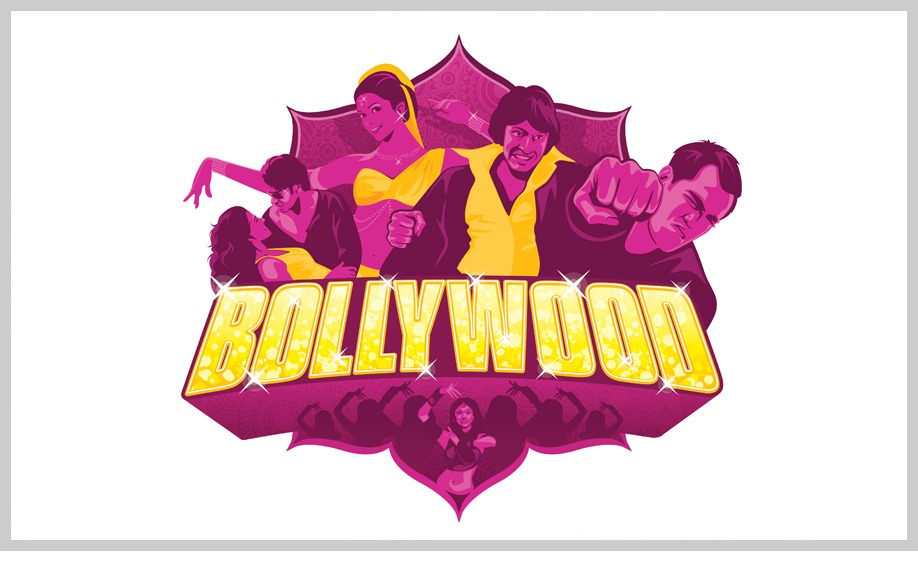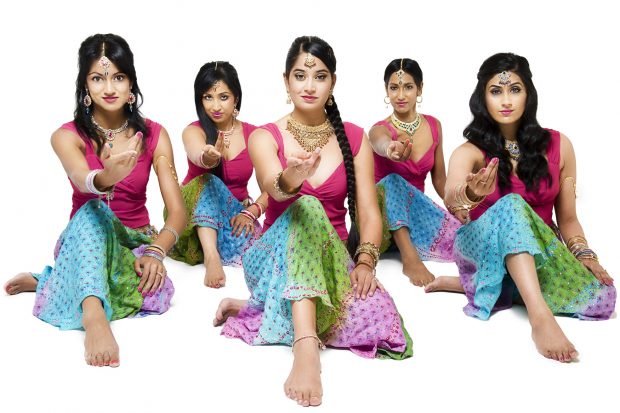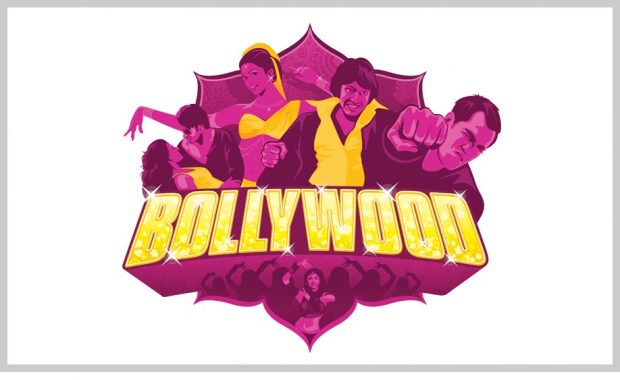
Bollywood and India
 Bollywood is like an insignia of India. Whether they like them or not, everyone knows about Bollywood films – replete with melodrama, song, and dance. Facebook posts show strange Bollywood connections. A new Spanish bride dancing to a Bollywood song on a street. German girls doing a Bollywood number on stage. Today, young men and women from CIS countries are queuing up by the dozen to take part in Bollywood dance shoots in India.
Bollywood is like an insignia of India. Whether they like them or not, everyone knows about Bollywood films – replete with melodrama, song, and dance. Facebook posts show strange Bollywood connections. A new Spanish bride dancing to a Bollywood song on a street. German girls doing a Bollywood number on stage. Today, young men and women from CIS countries are queuing up by the dozen to take part in Bollywood dance shoots in India.
It even penetrates into academia. Several Western universities now offer courses on Bollywood. California-Berkeley, Manchester, London, East London. Even Stanford with a course called ‘Running Around Trees: Exploring the Bollywood Song’.
As an industry, Bollywood lays claim to tall figures. Until 2017, it was to grow at 11% annually and swell to an estimated worth of 2.89 billion dollars. Of this, 2.13 billion dollars is expected to be from theatrical revenue.
Undoubtedly, Bollywood is a phenomenon and has an impact. There is always much discussion about whether Bollywood reflects Indian society or Indian society is influenced by Bollywood. It is difficult to get around this conundrum.
In the early years, Bollywood dealt with several issues that were at the core of various malaise in Indian society. Women, landlords, poverty, corruption, child labor. Undoubtedly, those films reflected what Indian society was.
 The problem comes when we look at the ‘average’ Bollywood film today. The stories, the characters, the clothes are far removed from the ‘average’ life of an Indian. If this argument is accepted, then there is a lot to be said about the impact of Bollywood on an ‘average’ Indian.
The problem comes when we look at the ‘average’ Bollywood film today. The stories, the characters, the clothes are far removed from the ‘average’ life of an Indian. If this argument is accepted, then there is a lot to be said about the impact of Bollywood on an ‘average’ Indian.
Even today, over 68% of Indians live in rural India. The ‘average’ rural Indian does not even have access to a cinema hall. The consumption of a Bollywood film is linked up with the television screen – and now, even the mobile phone on which kids watch full movies. This awakens more stimuli for other high-grade, unaffordable consumer products that have an additional impact on their vulnerable minds.
There are kids in rural India, who live in a scenario where the ‘average’ family income is less than 5 dollars a day. In that backdrop, they are viewing extravagance, opulence, near nudity, gyrating bodies with huge doses of profane sexuality, extreme violence, and bloodshed – all on a daily basis. This fare is packaged in lyrics, music, and dance that, to say the least, is completely devoid of the magnificent cultural traditions of India.
The simple – and silent, psychological – end result is quite scary. A casual walk down any street in rural India offers many glimpses of the impact. Young boys and girls with strange hairdos that emulate some hero or heroine. Now positioning themselves with the closest they can lay their hands on for a Facebook profile picture: dark glasses, boots-like shoes, seated on a mobike, where their feet do not even touch the ground, garish clothes, and model-like postures.
What could be happening in the susceptible minds of these youngsters is anybody’s guess. For sure, the Bollywood images stick in their brain – probably replaying through the day. The reality of their lives does not have even an iota of that glamor. In comes, aspiration. Reality check never matches that aspiration. In comes, frustration. Reality pushes that frustration to the edge. What follows does not need the astute analysis of a social scientist. It is there for all to see. Alcoholism, mindless street violence, domestic violence, child abuse.
For years, the Bollywood industry has given standard arguments. This is what the audience wants, these films carry people into a dream world that gives a reprieve from their dreary daily lives, viewers need pure entertainment and so on.
It is anybody’s guess if Bollywood should get their act together. It is time for Bollywood to rethink its role in India. To become responsible producers of entertainment, become responsive to the true pulse of the nation and not contribute further to the excessive divide between the haves and have-nots.
The issue then is, who will lead this battle? Who has the prowess or clout to touch a nearly 3 billion dollar industry replete with popular stars who thrive on frenzied public adulation? Who will ‘teach’ Bollywood to once again draw on the strong cultural traditions of India and bring beauty back into the sounds and steps of a Bollywood dance? How will Bollywood learn to reconnect with and reflect real India?


